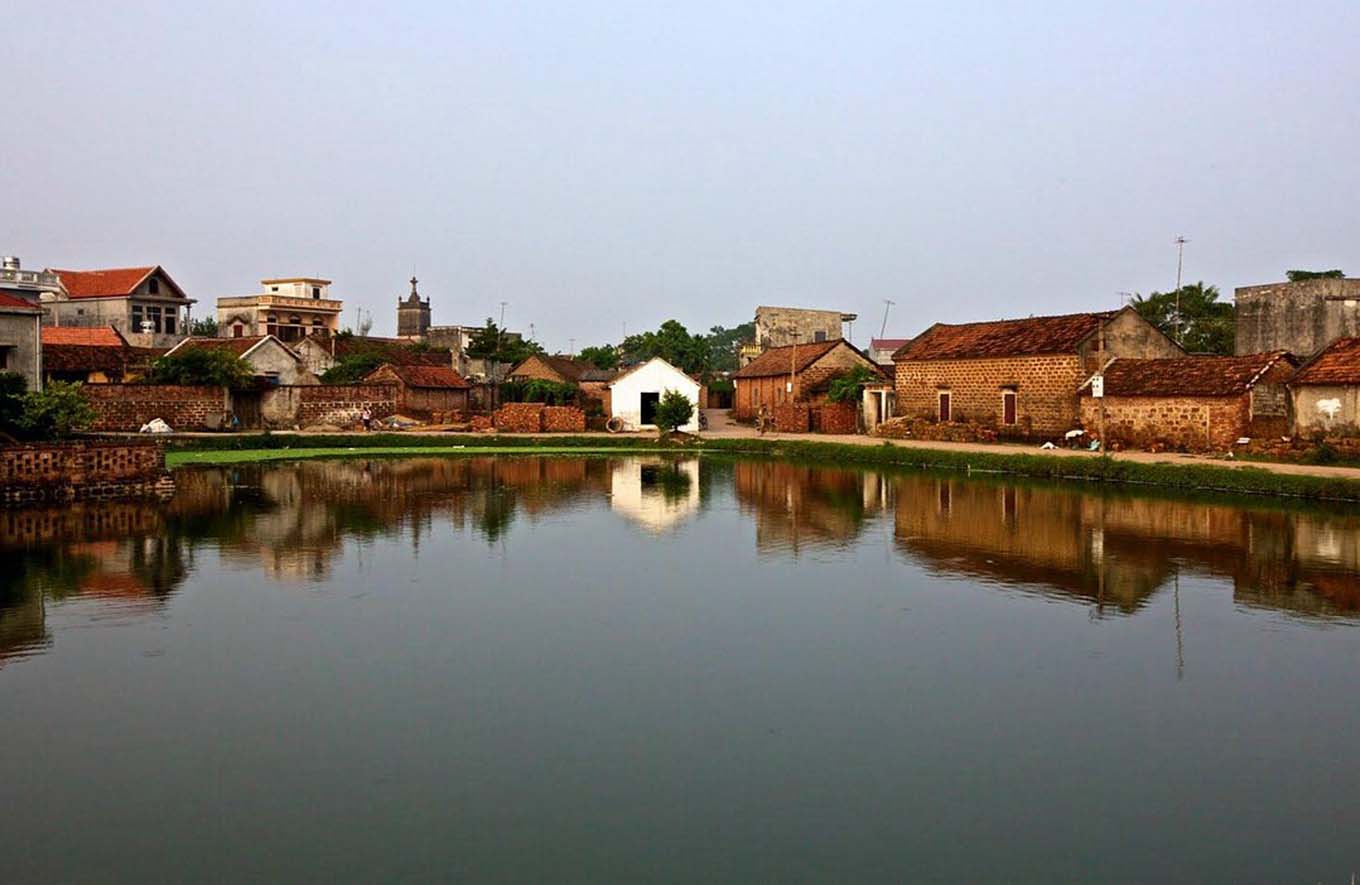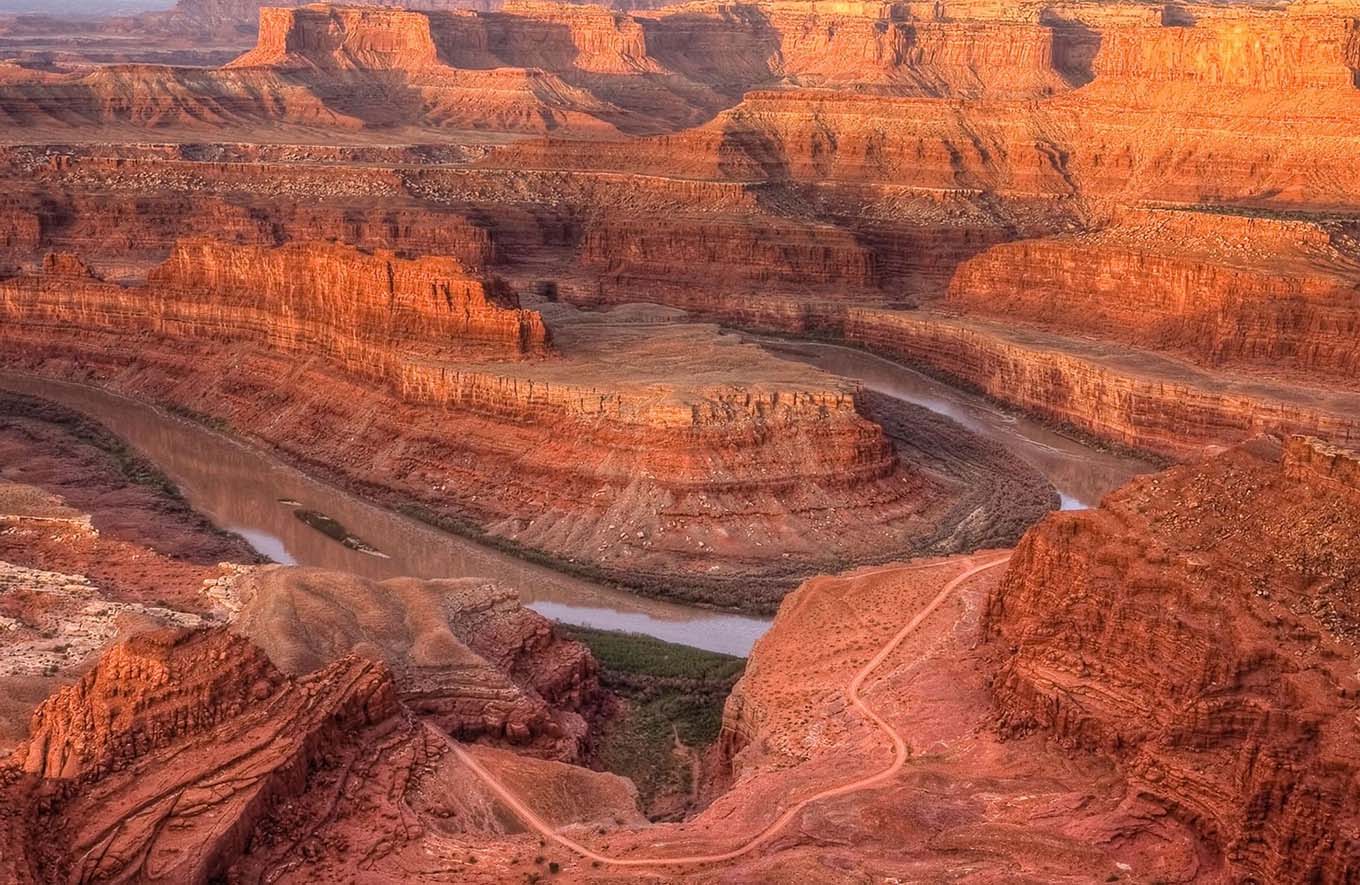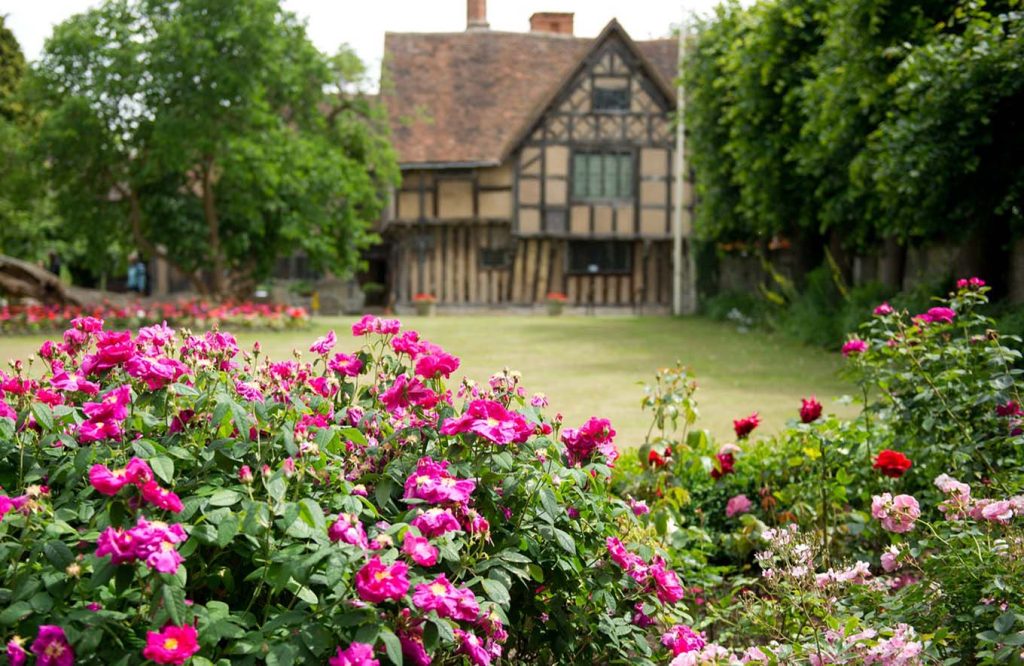1. Arrival in Kerikeri: The Promise of the Far North
The first breath of air after stepping out in Kerikeri carries a stillness that instantly sets the region apart. There is a calm resolve in the breeze that sweeps through the forests and down the valleys—a land untouched by hurry. Nestled in the Bay of Islands, this town in the Far North of New Zealand holds an unassuming charm, but its surroundings whisper of something older, more enduring. Beneath that surface lies a tangle of green trails, flowing rivers, and waterfalls whose sounds have echoed through the bush for centuries.
Kerikeri reveals itself slowly. The town center is modest, not in a hurried rush to impress. Local cafés line the street with hand-written chalk signs and baskets of citrus at the door. Orchards spread beyond the main road, hinting at the fertility of the land. But it is not the citrus that calls most strongly—it is the water, the ancient paths through the forest, and the promise of discovery.
2. First Light at Rainbow Falls
Mornings in Kerikeri begin with dew and birdsong. Before the sun had fully lifted, I made my way to the first of several waterfalls: Rainbow Falls. The trailhead is only a short drive from the center, but as soon as the car was parked and the doors closed, the sounds of civilization slipped away.
The walk to the falls is gentle, well-kept, and framed with native bush—nikau palms, totara, and fern. The earthy scent of damp soil is rich here, heightened by the spray of the river nearby. Within minutes, the falls revealed themselves, cascading over volcanic rock into a deep pool below. The sunlight hadn’t reached the base yet, but the falls glowed with a silver shimmer. Mist drifted across the viewing platform.
There is a solemnity in the way Rainbow Falls moves. It doesn’t rush, it pours—thick and deliberate, with a kind of rhythm that doesn’t bend to time. The surrounding rocks are worn, hollowed out into natural amphitheaters. A short trail leads down to the base, and from that angle, the full curtain of water comes into view. The sound is absolute. In the early light, with no other visitors in sight, it felt almost ceremonial.
3. The Kerikeri River Track: Layers of History and Green

Beyond Rainbow Falls lies the start of the Kerikeri River Track, a walk that follows the water upstream toward the historic Stone Store and Mission House. The trail weaves along the riverbank, through layers of forest thick with moss, lichen, and the subtle hush of birds in the canopy. Each step feels like a turning page in a very old book. The roots that thread across the path have been there longer than any trail markers.
At intervals, the sound of running water becomes dominant. Small cascades tumble over rocks, creating music beneath the forest hush. The path rises and falls gently. Swing bridges cross tributaries, and at certain bends, the river widens into calm pools where ducks float in silence.
Halfway through the walk, the Wairoa Stream joins the Kerikeri River, and here the air feels cooler. The light is filtered through thick branches, and even the moss seems brighter, clinging to tree trunks and stone with deliberate elegance. A bench carved from kauri invites pause. Sitting there, the world is reduced to three things: leaf movement, river sounds, and breath.
4. Reaching the Stone Store and Mission House
As the trail emerged from the forest, the sight of the Stone Store came with a gentle jolt—a reminder of human presence. Built in the 1830s, the store is the oldest stone building in New Zealand, and it rises from the riverbank with a quiet dignity. The stone is rough-hewn, weathered by decades of wind and water, and behind it, the Mission House sits among gardens, wide verandas facing the flow.
Inside the store, shelves lined with handcrafted goods and historical replicas give a glimpse into early colonial life. The floorboards creak underfoot, and the windows cast light across wooden surfaces worn by many hands. Just outside, the river continues its steady course.
This point in the walk blends natural and cultural history in a seamless moment. The river is the same one that powered early industry and brought missionaries upriver. The trail, though cleared and maintained, follows paths known to Māori for generations.
5. Wharepuke Falls: A Quiet Retreat
Later that day, another waterfall—less known, less crowded. Wharepuke Falls sits just a short walk from the Stone Store, accessible by a shaded path lined with ponga ferns. The falls are smaller than Rainbow but possess an intimacy that larger cascades can’t always provide. The water drops in layered steps, pooling in calm basins between each descent. The air here holds the scent of wet rock and crushed leaves.
A tree had fallen across part of the trail, roots tangled like fingers in the soil, its trunk now a bridge for insects and moss. Nothing is wasted in this forest. Every shift becomes a habitat.
The stillness around Wharepuke is profound. Even the birds seem quieter, or perhaps better hidden. Sitting near the edge, one can listen for the small sounds: the click of a cicada, the drip of water from fern tips, the distant echo of footfall on a wooden bridge. The falls don’t roar—they speak in whispers.

6. A Drive Toward Puketi Forest
Beyond the bounds of Kerikeri proper lies Puketi Forest, an ancient remnant of subtropical rainforest. The road curves through farmland, then slips beneath tall canopy as the landscape changes. Kauri trees stand sentry here—some of the oldest living beings in the Southern Hemisphere. The forest is managed carefully now, with footwear cleaning stations and signs that speak to the need for respect and vigilance. Kauri dieback disease has threatened these trees in recent years, and visitors are urged to act with care.
The Manginangina Kauri Walk is a short boardwalk loop that allows close inspection of these giants without harming their roots. The trunks rise like cathedral columns, wide enough that even several arms couldn’t circle them. Their bark peels in patches, revealing smooth, resinous wood beneath. Above, the canopy is high and interwoven with epiphytes and vines. Sunlight filters through in golden shards.
Even in the middle of the day, the air is cool. Birdsong bounces off bark, and from time to time, a tui or fantail flits close enough to see the shimmer of feathers. The boardwalk is quiet but steady, allowing movement without intrusion. Every few meters, an interpretive sign provides context—botanical facts, Māori legends, conservation notes. The forest is not just a habitat, it is a living archive.
7. A Return to Nature’s Rhythm
In the days that followed, I returned to several of the waterfalls, not because they needed further documentation, but because they demanded revisiting. Rainbow Falls in the afternoon sun reveals a rainbow arc if the light is right. Wharepuke at dusk has a different voice, lower, more solemn. Even the walk along the Kerikeri River Track feels different depending on the hour. In early morning, the dew leaves footprints on the wooden bridges. At twilight, the river reflects the last blush of light like a mirror.
Between these outings, I explored offshoot trails that led to smaller, less marked sites—places where water seeped rather than surged, where birdsong rose in crescendos unknown to city ears. One track followed a ridge before dipping into a grove of pūriri trees. Their twisted limbs created tunnels of shade, and their fallen berries were scattered like rubies across the path. Another led to a small wetland, buzzing with life, dragonflies darting like blue sparks between reeds.
8. Conversations Along the Way
Locals I met along the trails offered guidance without pretense. An older couple, boots caked with mud, pointed out a detour that led to a hidden viewpoint over the Bay of Islands. A ranger at the forest station shared stories about kauri logging, and how long it took for the land to heal after the old trees were cut. A child on a school trip explained the difference between a silver fern and a mamaku with the clarity of someone who had learned not just facts, but reverence.
In each interaction, there was the sense that this land shapes its people as much as its paths. The rhythm of Kerikeri is not found in schedules or calendars, but in the cycle of growth, decay, and renewal. Waterfalls may seem unchanging, but the rock beneath shifts over years, the plants around them wax and wane. Trails shift too—washed out in storm, rerouted, overgrown, rediscovered.
9. Time Spent, Time Remembered
No two walks are ever the same, not even along the same trail. The light, the wind, the small details—each introduces something new. A fresh footprint in the mud. A recently bloomed orchid. The moment when a bird calls and another answers. Time here doesn’t pass in hours, but in how the light changes on bark, in how many times the river curves before it falls again.
Kerikeri offers something beyond scenery. It offers presence. Not the curated presence of social media or itinerary checkboxes, but the kind that emerges when pace slows and senses wake. Trails don’t rush you forward. Waterfalls don’t perform. They simply are—constant, enduring, indifferent to deadlines.
The land does not ask to be captured or summarized. It asks to be witnessed. And that, quietly, is enough.



